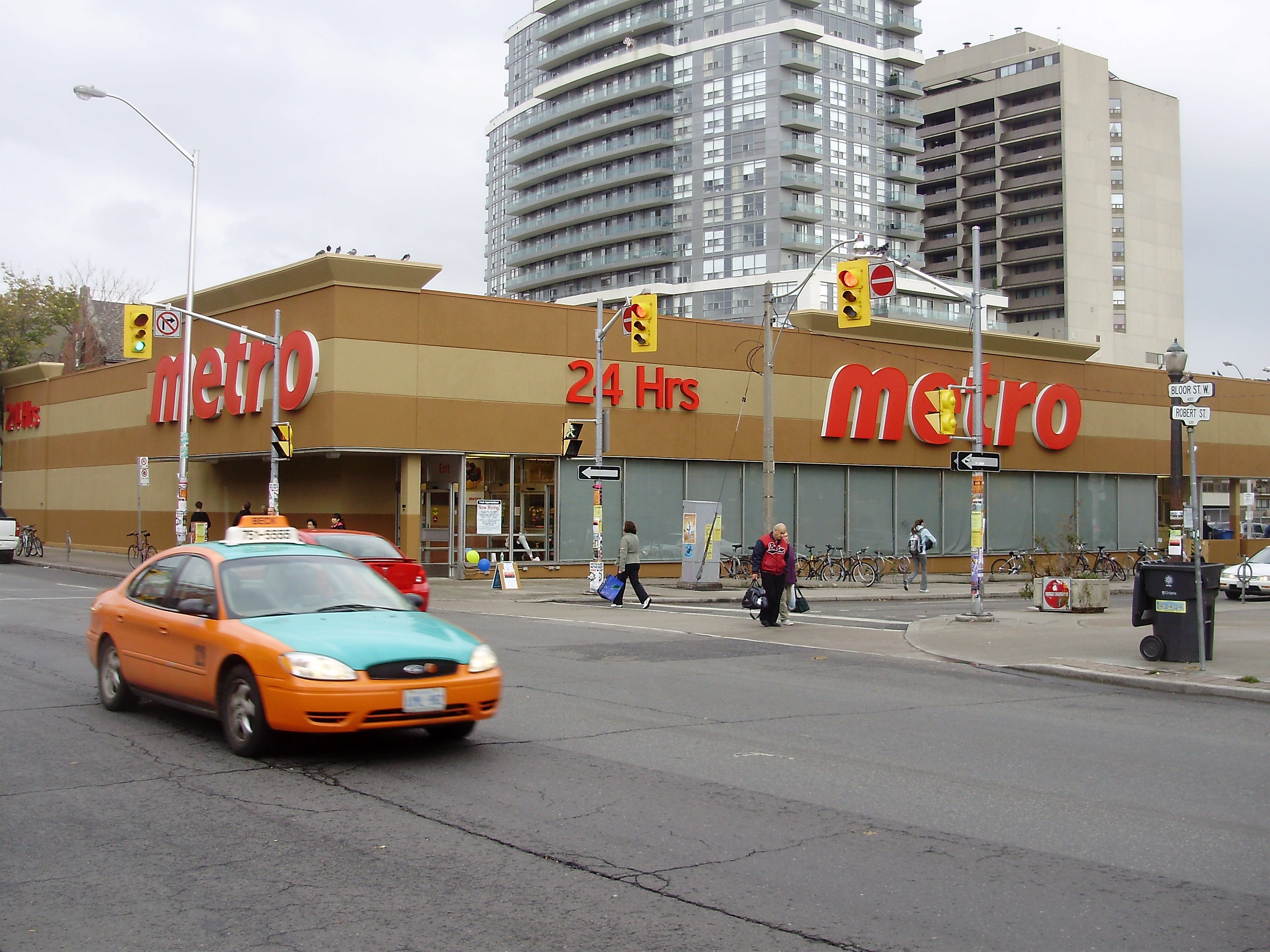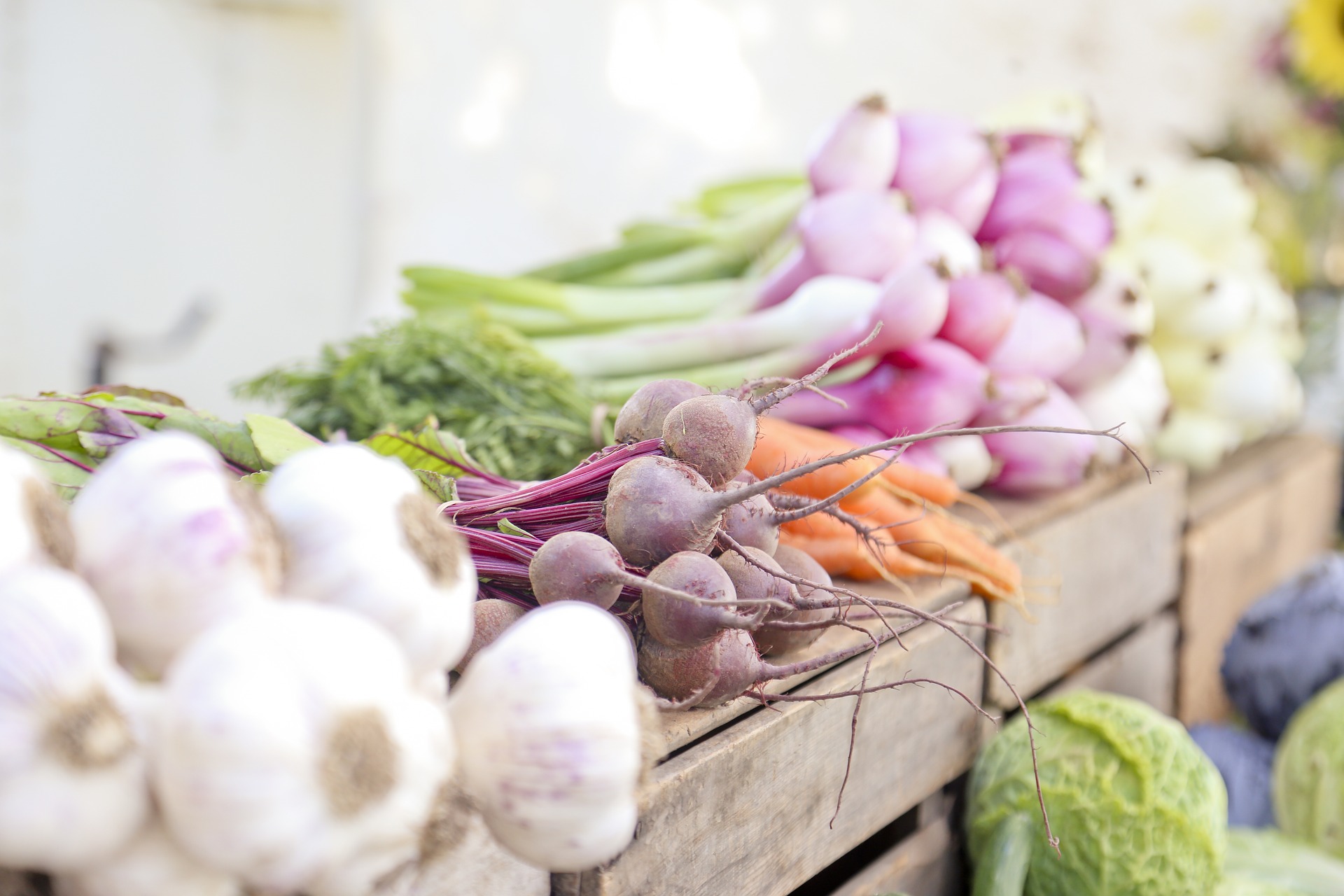Quitting society’s addiction to plastic may seem like an insurmountable task, especially when the majority of our food comes packaged in it. However, there is a growing awareness of the issue, and a willingness to change, but only to a certain extent.
Consumers aren’t quite ready to put their money where their mouth is when it comes to paying for alternatives to single-use plastics, according to a new study by Dalhousie University in Halifax.
Almost 94 percent of the Canadians polled want to reduce the use of disposable plastics in food, but they don’t want to pay for it.
Only about 38 percent of respondents were willing to pay more for items with biodegradable packaging and about 83 percent said they would not be willing to pay more than a 2.5 percent premium.
“The results were not surprising, but they were somewhat disappointing,” says Sylvain Charlebois, director of the Agri-Food Analytics Lab at Dalhousie University and lead author of the study in a phone interview with Xtalks.
As compostable or biodegradable packaging typically costs at least 15 to 20 percent more, Charlebois said this is a big part of the reason why food manufacturers are hesitant to make the switch.
Researchers from Dalhousie University released the study “The single-use plastics dilemma: Perceptions and possible solutions,” on Thursday.
The study sample included 1,014 Canadians surveyed between May 13 to 18, 2019. The aim of the research is to better understand consumers’ perspectives on single-use plastics in the food industry in Canada and to explore possible solutions.
The data suggests that perceptions of the issue vary based on location, with those living along the coast displaying a higher level of concern through their responses.
Regions defined as Quebec, Atlantic and British Columbia were the most strongly motivated to reduce single-use plastic, with respondents from those areas voting 95.6 percent, 94.6 percent and 94 percent respectively that they feel personally motivated to reduce disposable plastic because of its environmental impact.
“Provinces or regions that are close to oceans appear to be more sensitive to this issue,” he says. “We noticed that they see the problem, so they are likely willing to do something about it.”
Although there is a near consensus among Canadians to reduce the amount of disposable plastic, there is no clear answer on how this should happen.
Nearly 90 percent of study participants believe that regulations to reduce consumption of single-use plastic packaging for food should be strengthened in Canada, but Charlebois says it’s not that simple, particularly when it comes to food safety.
He points to Metro’s decision to allow grocery shoppers in Quebec to bring reusable containers to package certain types of fresh food.
“It is a quick and dirty solution,” says Charlebois. “When you think about food safety, pathogens are invisible to the human eye, and even though you are asking your customers to show up with clean containers, you aren’t certain that they are. Also, allergens are a concern among consumers.”
Innovations in food packaging like water-soluble barcodes for food products offer potential solutions to some of these issues, but Charlebois believes it will take a combination of educational campaigns and government incentives directed at companies in order to make a real dent in the plastic problem.












Join or login to leave a comment
JOIN LOGIN